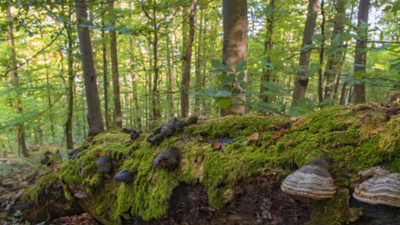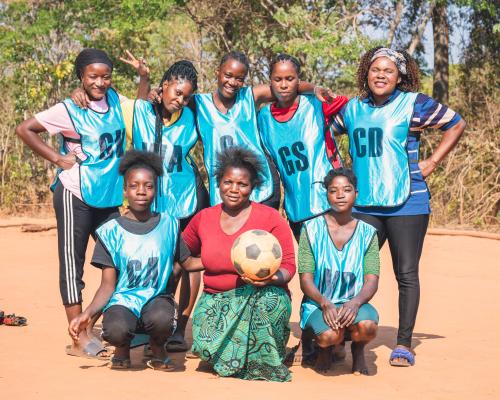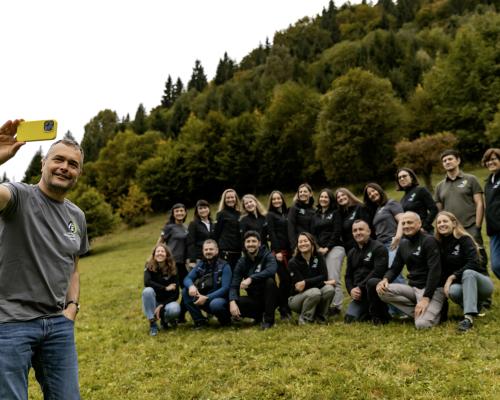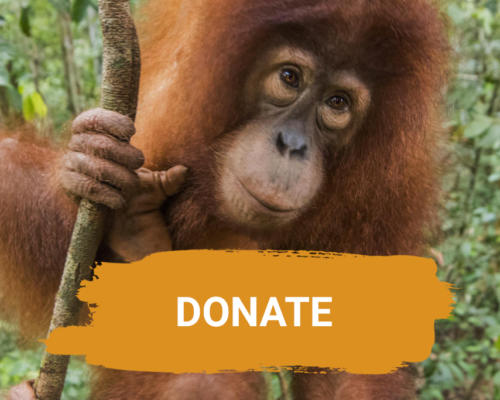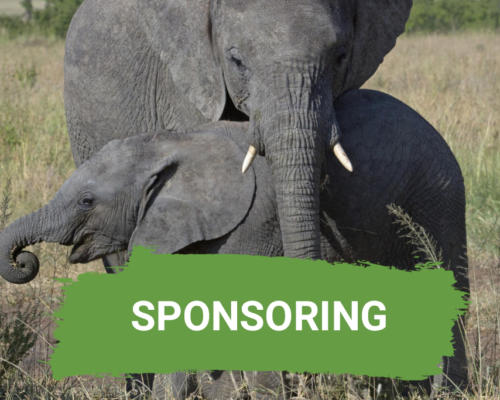Two FZS researchers are using camera traps to examine wildlife within FZS projects in Europe that have different levels of human impact. Their findings aim to benefit decision-makers, assist with expanding protected areas, and measure the health of wildlife populations elsewhere.
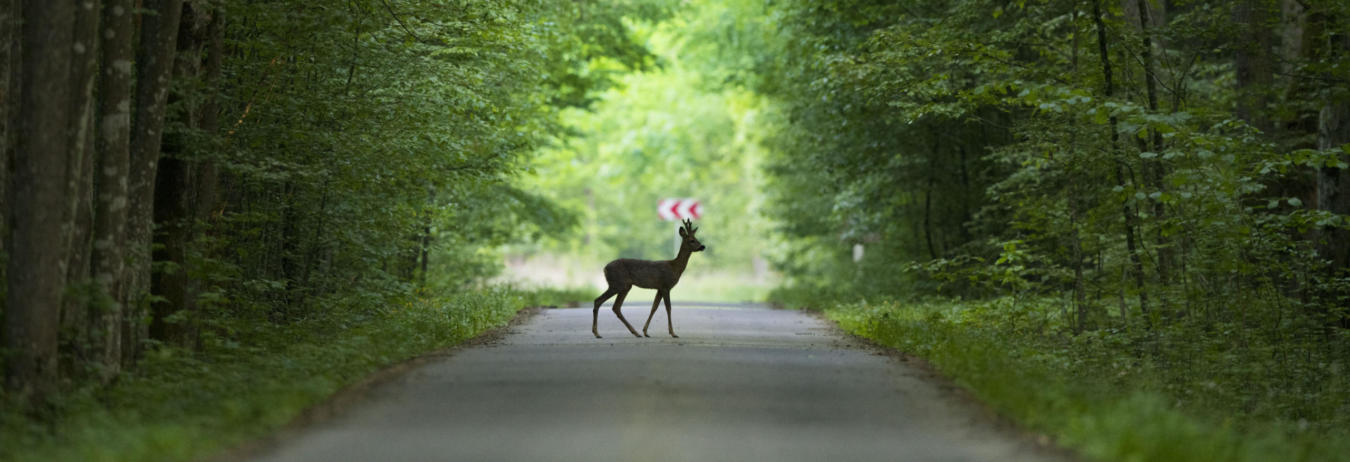
Learnings from Ukraine’s Chernobyl Exclusion Zone
The tragic aftermath of the Chernobyl nuclear power plant explosion 35 years ago left a vast area of uninhabitable land, that impacted the lives of thousands of people. The area, now called the Chernobyl Exclusion Zone (CEZ), is located in the eastern part of Polesia, a wetland wilderness that is half the size of Germany. Since 1986 there has been very limited human presence here due to the dangerous nuclear radiation that still persists.
Adam F. Smith and Svitlana Kudrenko, two FZS researchers working in collaboration with protected area authorities, are looking at the wildlife that has proliferated the area since then. Using camera traps, they will compare the population numbers from CEZ to other FZS project areas within Belarus and Ukraine where there is greater human presence. The data they collect will help decision-makers protect these areas and the wildlife within them in the best way possible.
Adam: I work for the FZS Europe department as a researcher but I am also a Ph.D. student associated with the University of Freiburg. My job is to plan and implement camera trap studies in FZS projects within Polesia, the Ukrainian Carpathian Mountains, and Bielaviezskaja Pusca National Park on the western side of Belarus. I specifically observe the interactions between predators such as lynx and their prey such as roe deer and how that differs between each location.
Svitlana: I also work for the same FZS department and I use the same camera traps in the same locations but I look at the distribution of predators such as wolf and lynx, the suitability of their habitats, and how people co-exist with these species in each of our study regions.

Adam: The reason why CEZ was chosen is because it is a big area that has had minimal human influence for the past 30 years, making it a unique gigantic involuntary experiment with a special protection status that does not permit visitors to enter, this is seen nowhere else in Europe.
Svitlana: That means the data obtained from CEZ will give us a good idea of what thriving animal populations look like, this we will use to compare to wildlife population numbers in other protected areas within Polesia, the Ukrainian Carpathians, and Belovezhskaya Pushcha National Park in Belarus, where there is more human influence from visitors and other activities such as tourism, foraging, and legal hunting.
Svitlana: We have over 200 camera traps deployed in the Ukrainian Chernobyl Exclusion Zone covering about 2/3 of the area. So far, these cameras have provided nearly 30,000 photos in three months. We plan to add about 25 more camera traps later this year to capture the rest of the area. For the FZS supported project in Belarus, 98 camera traps are operating in an area 1,000 km2 in size (taking up nearly 0.5% of the country) and there is an ongoing camera trap survey monitoring lynx in the Ukrainian Carpathians where an additional 70 camera traps are currently in the field covering 350 km2. So, we have a lot of cameras out there, doing a lot of work for us!

“The data obtained from CEZ will give us a good idea of what thriving animal populations look like”
Adam: At present, not all data has been organized, but so far, we have received a great deal of footage from CEZ of both prey and predator species showing large numbers of both. Our latest rough calculation of the results was that we have around 8,000 photos of just red deer from the Chernobyl Exclusion Zone. Also, I estimated that one in ten cameras was taking a photo of a Eurasian elk every day. Additionally, we learned that lynx have been breeding in the Belarusian and Carpathian sites in winter 2020/2021, providing us with concrete evidence that the animals are using this place as a breeding ground and not just dispersing into the area.
Svitlana: The camera trap data is useful for helping us understand the number of species and individuals inhabiting the Polesia region and the habitats they use. Beyond that, it also helps us see how different ecosystems within this vast area are used by animals, especially how they travel between, say, forests, rivers and where they go to breed. Understanding how wildlife connect these places is really important for our work on advocating for the expansion of protected areas within Polesia.
Adam: The data collected, especially from CEZ, can also be used as a comparison to other places in Europe where the same species live, to see if populations are thriving or not. Also, photos from the cameras can help decision-makers make future plans based on solid evidence. When you have a picture of a bear or a lynx, no one can deny that this is the animal you are looking at. Information like this adds to our knowledge of the protected areas we work in. We will share the results with FZS, local communities, and decision-makers so that these places and the wildlife within them can be protected in the best way possible.
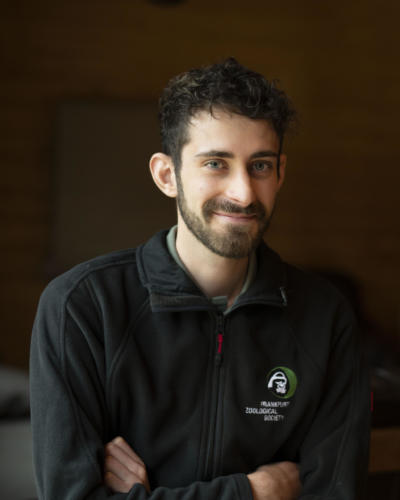
“…photos from the cameras can help decision-makers make future plans based on solid evidence”
Adam: There were photos taken of a bear by one of the camera traps in the Chernobyl Exclusion Zone. This was surprising and unexpected as bears are generally not seen in this area.
Svitlana: In February, we collected data from camera traps and one of them revealed a photo of a wild boar that had unusually spotted fur. We thought that it was maybe a hybrid, a wild boar crossed with a domestic pig, but then we found out that that was not the case, that this can happen sometimes in the wild. But it was still an interesting discovery for us.
Our teams around the world use camera traps to determine the wildlife living in our project areas. In part 1 of this camera trap series, Eny Wahyu Lestari, FZS’s Ecosystem Monitoring Unit coordinator based in Bukit Tiga Puluh landscape in Sumatra, Indonesia, discussed how camera traps work as a second pair of eyes for her and her team.
The next part of the series will be about how camera trap data is useful for more conservation activities beyond being helpful for rangers and researchers.
Images in header taken by Daniel Rosengren
The camera trap studies in Polesia are being carried out under the “Polesia – Wilderness Without Borders” project, which is part of the Endangered Landscapes Programme and is funded by Arcadia – a charitable fund of Lisbet Rausing and Peter Baldwin. The project is coordinated by FZS and implemented in collaboration with APB-Birdlife Belarus, the Ukrainian Society for the Protection of Birds (UPSB), and the British Trust for Ornithology (BTO).
-
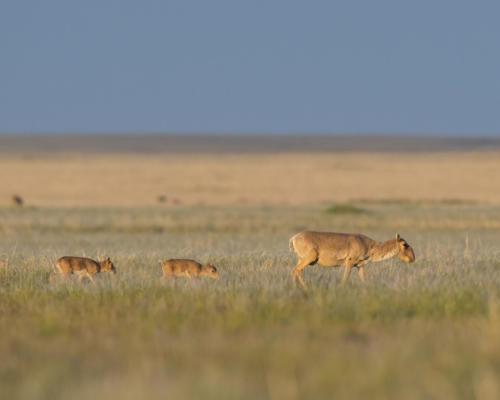 Kazakhstan
Kazakhstan
Altyn Dala


